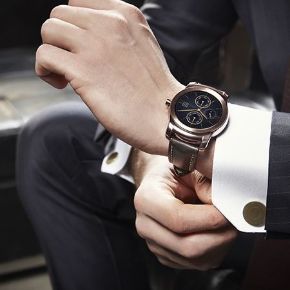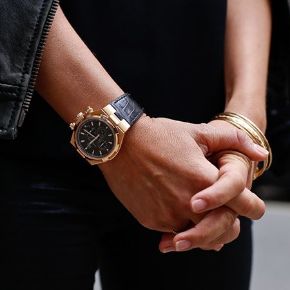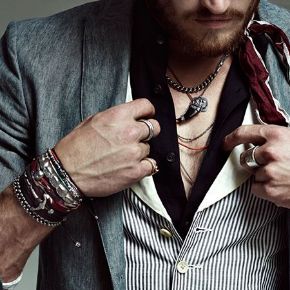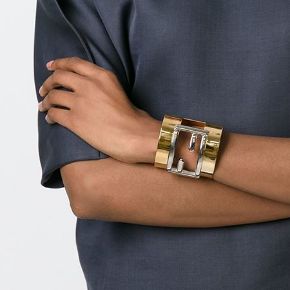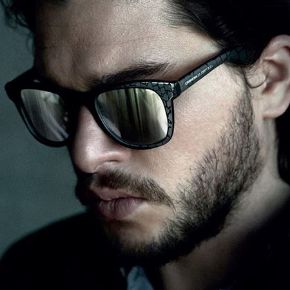The Real Cost of Ownership: Powder Coating vs. Painting
Powder coating and wet paint are always at odds when it comes to how to finish a metal project. Most people think that spray paint costs less. If you only look at the receipt for the materials today, it might seem that way. But when you think about how long it will last, how much work it will take, and how much it will cost, the math changes a lot.
Let's look at the real cost differences to help you choose the best method for your budget.
1. Breakdown of Initial Costs
• Wet Paint (DIY): It costs $10 if you use a rattle can. The end result, though, looks like a $10 job.
• Wet Paint (Professional): If you hire a pro auto body shop, they will charge you for the primer, base coat, clear coat, and hours of sanding between coats. Wet paint that is done by professionals is surprisingly expensive because it takes a lot of time to dry and sand.
• Powder Coating: The powder is usually less expensive than automotive liquid paint. The equipment costs a lot, but the application is quick.
Verdict: For professional finishes, powder coating is often just as good or cheaper than a high-quality multi-stage wet paint job.
2. The Durability Equation (Cost over Time)
This is where powder coating comes out on top.
• You paint a set of wrought iron chairs for the patio.
Wet Paint: $100. It lasts for two years before rust starts to show. Every three years, you have to take off the old paint and put on new paint. You pay for the job three times over the course of ten years. $300 plus your time.
o Powder Coating: $150. It lasts for 15 years. The total is $150.
o Conclusion: In the long run, powder coating cost half as much.
3. Costs of following environmental rules
Liquid paints have solvents and VOCs (volatile organic compounds) in them that are bad for the environment. Professional paint shops have to pay a lot of money to get rid of hazardous waste and filter the air. You, the customer, have to pay these costs. Powder coating is safe for the environment and doesn't react with anything. There are no solvents that can evaporate, and you can often get back powder that you didn't use. This efficiency helps keep the shop's costs down, which keeps prices stable for customers.
4. The "Hidden" Cost of Prep
The metal needs to be clean for both methods. But powder coating is more forgiving of rough surfaces than high-gloss wet paint, which shows every tiny scratch. It takes hours of hand sanding to get a "perfect" surface for wet paint. Powder coating is thicker (usually 2–3 mils) and levels itself, which means less time is spent on micro-sanding, which lowers the cost of labour.
5. When does paint cost less?
There are times when paint is the better choice:
• Touch-ups: It's not easy to "touch up" powder coat. If it chips (which is rare), you usually have to put a new coat on the whole thing. You can use a brush to fix up paint.
• Plastic/Wood: For powder coating to work, the part usually needs to be able to conduct electricity and withstand 400°F. You can't powder coat wood or plastic, so paint is the only choice.
• Exact Colour Matching: Powder comes in thousands of colours, but it's easier to mix a liquid paint to match a specific faded wall than to order a custom batch of powder.
In short
Spray paint your car if you're going to sell it tomorrow. If you want to keep the car, the furniture, or the gate, powder coat them. The difference in price is small compared to the years of maintenance-free durability you get.
Look at the prices at Rusty Lions for yourself and see how cheap professional durability can be.
Powder coating and wet paint are always at odds when it comes to how to finish a metal project. Most people think that spray paint costs less. If you only look at the receipt for the materials today, it might seem that way. But when you think about how long it will last, how much work it will take, and how much it will cost, the math changes a lot.
Let's look at the real cost differences to help you choose the best method for your budget.
1. Breakdown of Initial Costs
• Wet Paint (DIY): It costs $10 if you use a rattle can. The end result, though, looks like a $10 job.
• Wet Paint (Professional): If you hire a pro auto body shop, they will charge you for the primer, base coat, clear coat, and hours of sanding between coats. Wet paint that is done by professionals is surprisingly expensive because it takes a lot of time to dry and sand.
• Powder Coating: The powder is usually less expensive than automotive liquid paint. The equipment costs a lot, but the application is quick.
Verdict: For professional finishes, powder coating is often just as good or cheaper than a high-quality multi-stage wet paint job.
2. The Durability Equation (Cost over Time)
This is where powder coating comes out on top.
• You paint a set of wrought iron chairs for the patio.
Wet Paint: $100. It lasts for two years before rust starts to show. Every three years, you have to take off the old paint and put on new paint. You pay for the job three times over the course of ten years. $300 plus your time.
o Powder Coating: $150. It lasts for 15 years. The total is $150.
o Conclusion: In the long run, powder coating cost half as much.
3. Costs of following environmental rules
Liquid paints have solvents and VOCs (volatile organic compounds) in them that are bad for the environment. Professional paint shops have to pay a lot of money to get rid of hazardous waste and filter the air. You, the customer, have to pay these costs. Powder coating is safe for the environment and doesn't react with anything. There are no solvents that can evaporate, and you can often get back powder that you didn't use. This efficiency helps keep the shop's costs down, which keeps prices stable for customers.
4. The "Hidden" Cost of Prep
The metal needs to be clean for both methods. But powder coating is more forgiving of rough surfaces than high-gloss wet paint, which shows every tiny scratch. It takes hours of hand sanding to get a "perfect" surface for wet paint. Powder coating is thicker (usually 2–3 mils) and levels itself, which means less time is spent on micro-sanding, which lowers the cost of labour.
5. When does paint cost less?
There are times when paint is the better choice:
• Touch-ups: It's not easy to "touch up" powder coat. If it chips (which is rare), you usually have to put a new coat on the whole thing. You can use a brush to fix up paint.
• Plastic/Wood: For powder coating to work, the part usually needs to be able to conduct electricity and withstand 400°F. You can't powder coat wood or plastic, so paint is the only choice.
• Exact Colour Matching: Powder comes in thousands of colours, but it's easier to mix a liquid paint to match a specific faded wall than to order a custom batch of powder.
In short
Spray paint your car if you're going to sell it tomorrow. If you want to keep the car, the furniture, or the gate, powder coat them. The difference in price is small compared to the years of maintenance-free durability you get.
Look at the prices at Rusty Lions for yourself and see how cheap professional durability can be.
0





























